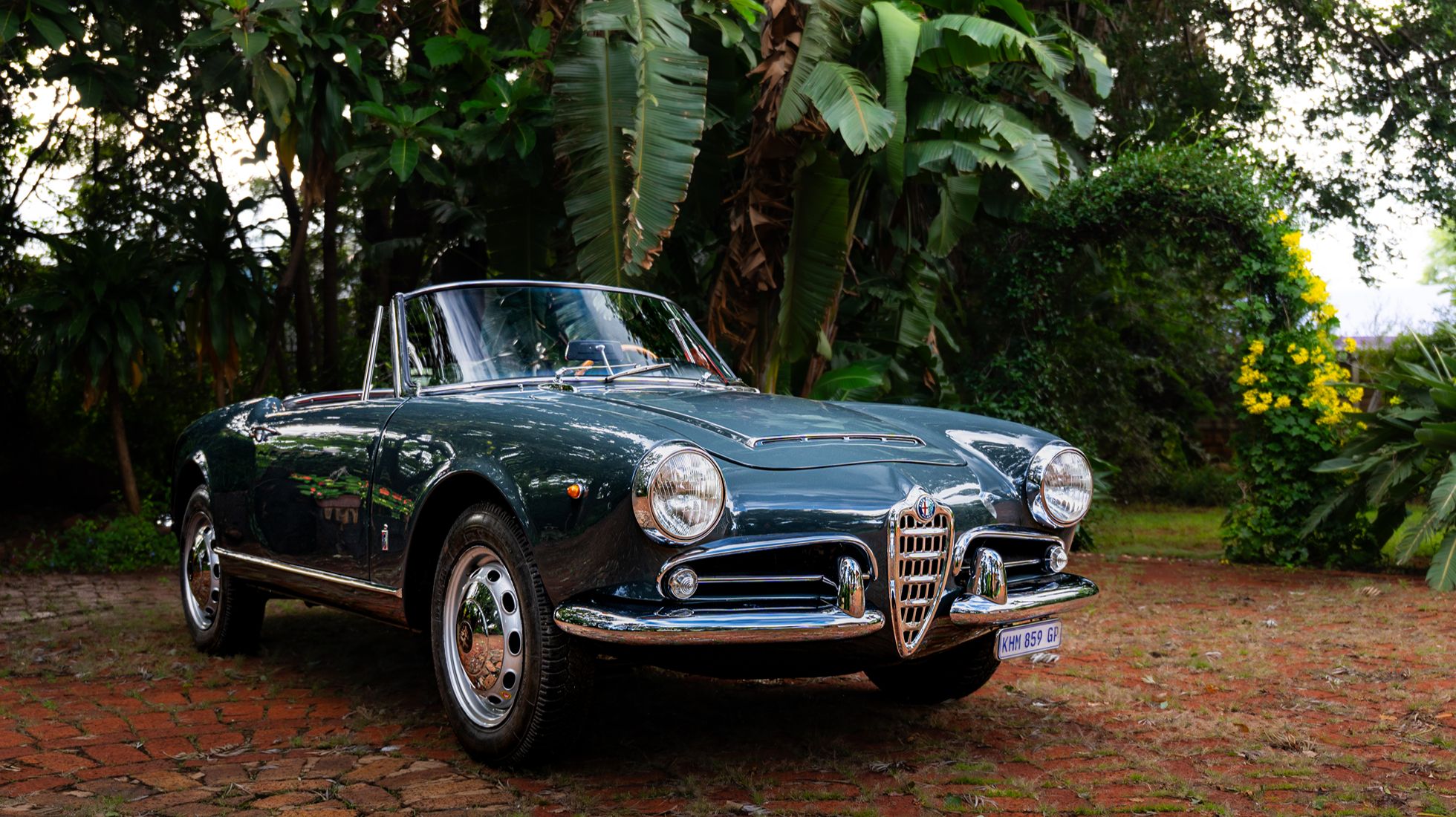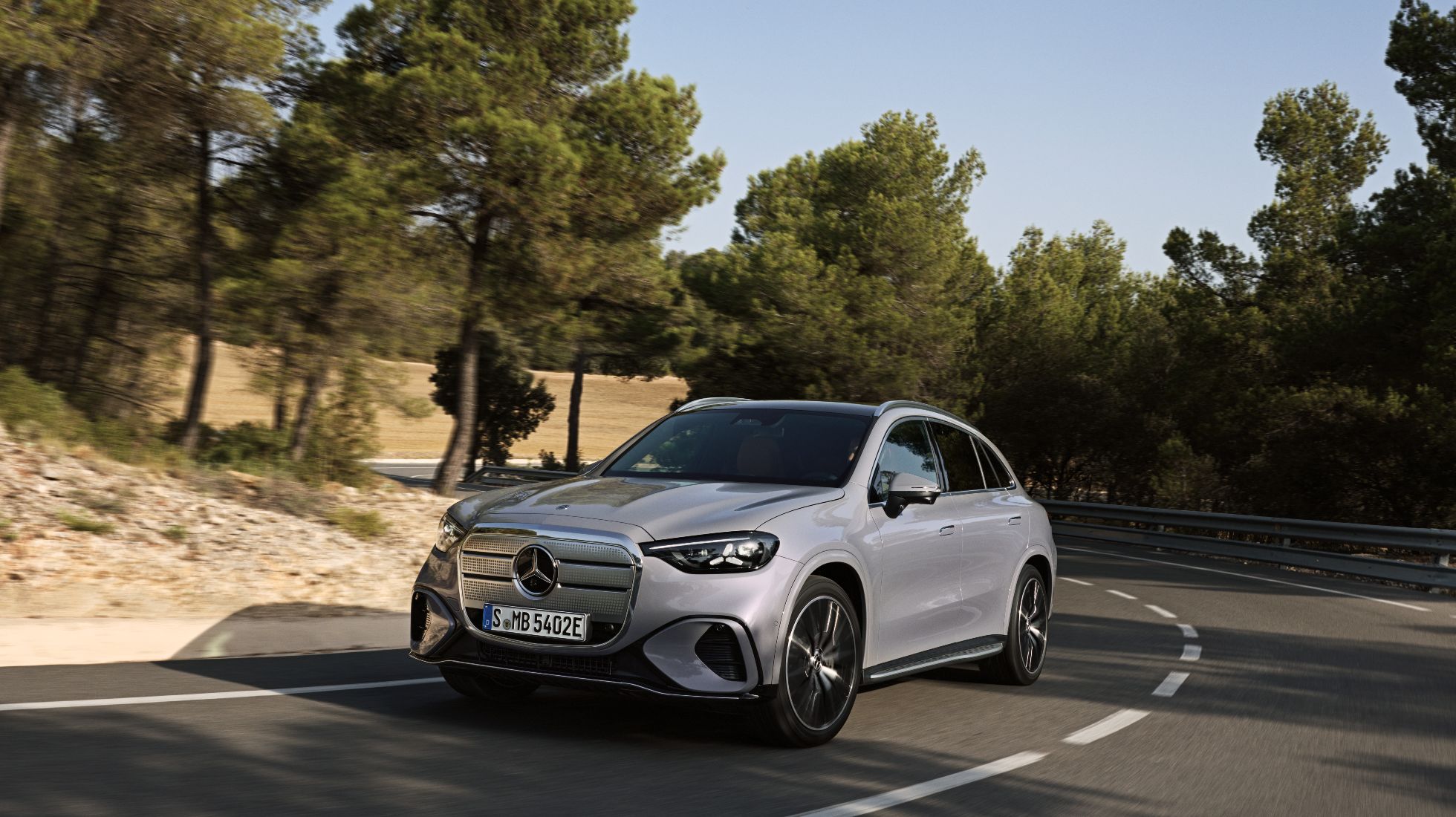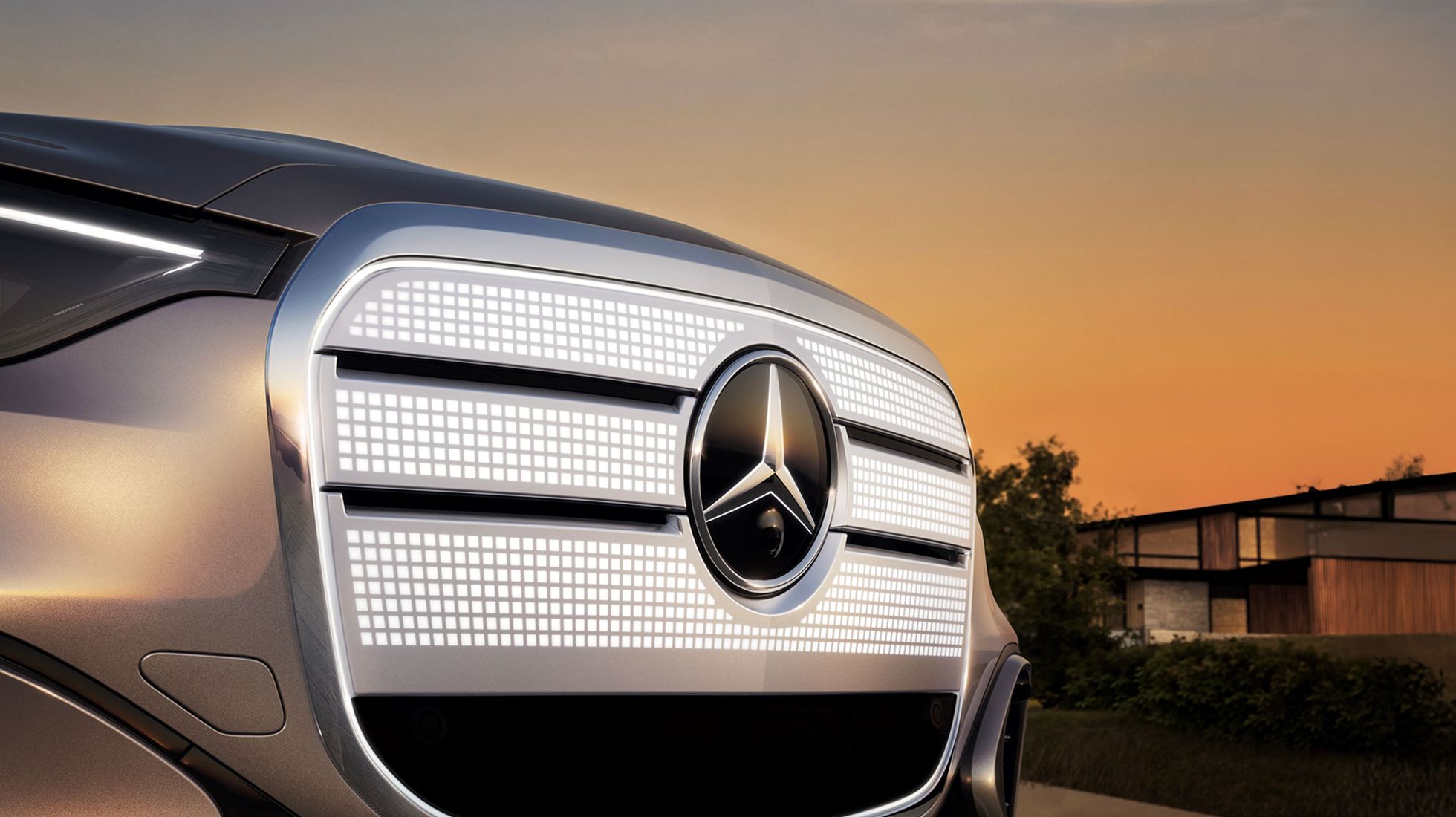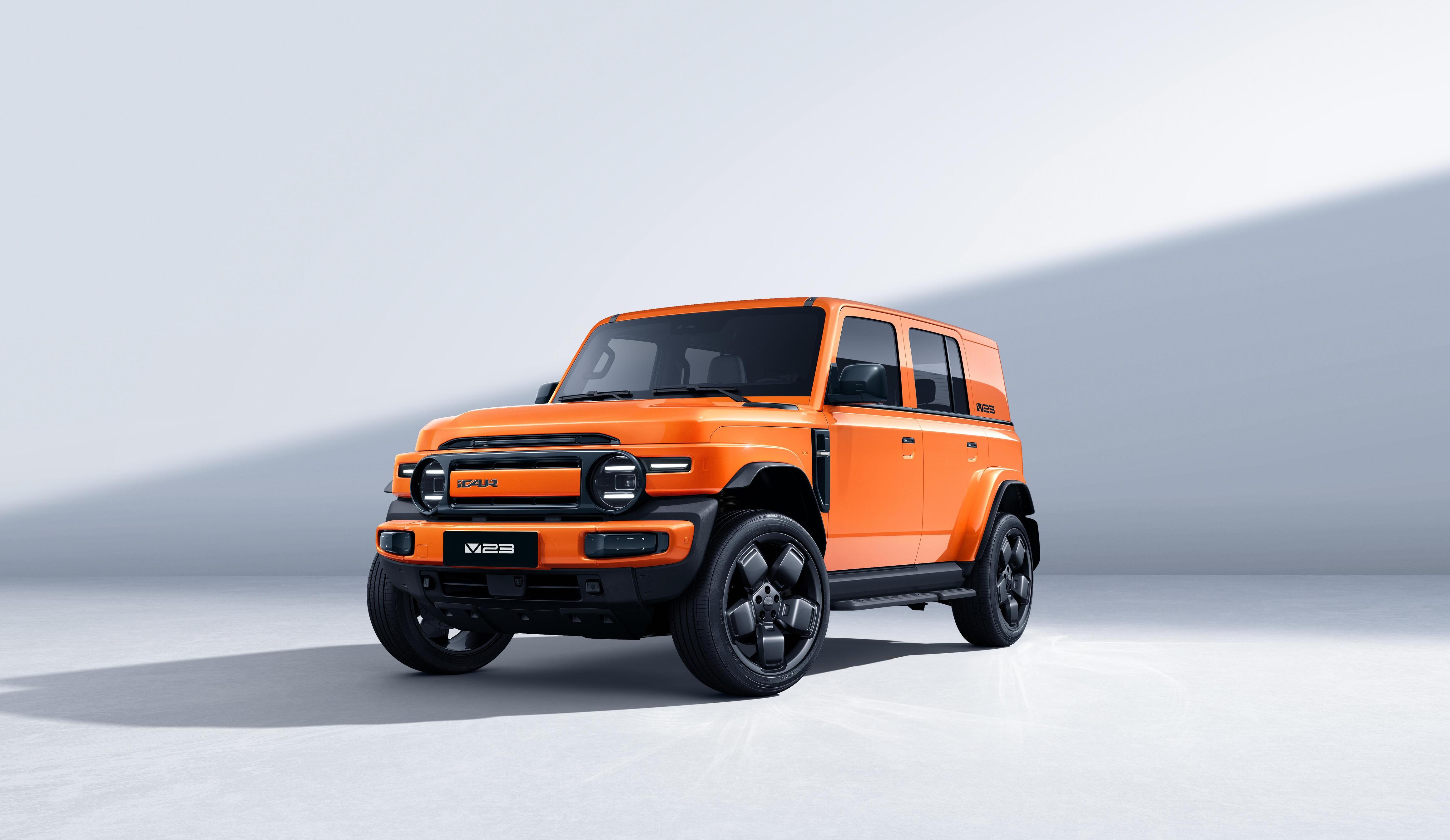Age is just a number
It's pretty; it's loud; and it's iconic. What is it, you may ask? Well, it's American. Arguably the best performance name in American motoring, and it’s the Corvette. With a 71-year legacy, it's hard to agree on the best model, but for many, the C3 began the modern interpretation of the Corvette as we know it. Unfortunately, a Corvette is a rare sight on South African roads, so when you get an opportunity to experience American muscle from the 80s, you best jump on it.
But before we dive into one of John Knott's pride and joys, allow me to take you on a memory trip back to the days of dirt-cheap petrol. The Corvette story began in 1953, and like many brands in the 1950s, Chevrolet's sales were mediocre at best. The brand manager, Thomas Keating, was keen on a fresh idea to hopefully reverse their declining sales trend. A new sports car was the solution to his problem.
The code name for his solution was Project Opel, which offered an American example to the popular British sports cars of the time. The Project Opel expressed its new flair through a 3.9-litre inline-6 engine, which was mated to a 2-speed automatic. Exciting, I know. Despite its not-so-impressive output of 112kW, its fibreglass body helped its power-to-weight ratio.
It was first unveiled at GM's Motorama Show in New York and was received positively. However, the less-than-adequate motor and gearbox appeared uninteresting to clients after its launch, and only 300 examples were produced. The Project Opel's arrival was an awkward beginning to this sports car's birth, and although it looked utterly breathtaking, it was clear that clients longed for a more potent driving experience. In the hopes of driving buyer interest, the 1954 version added a selection of new paint colours and a 3.7kW improvement. As you can imagine, this didn’t satisfy the urge for more power. So in 1955, the decision was made to offer a 4.3-litre V8 engine, which produced a more desirable 145kW, and for the first time in the Corvette's life, customers now had the V8 performance they were craving.
The C1 was further improved in 1956 with a redesigned look and a more powerful V8, now capable of providing 157kW courtesy of a new camshaft design. As this model began to grow in popularity, the decision was made again to increase power in 1957 with a larger displacement 4.6-litre engine, and it didn’t stop there. In 1958, the motor was further enhanced through fuel injection to produce 216kW, and once more in 1959, the numbers improved to 235kW. You didn’t want to be a Chevy engine engineer in these four years.
As the C1's life came to an end, the trend of constantly changing motors continued with its last iteration, named the 327, offering a 5.4-litre displacement and an output of 268kW. This paved the way for the new and most iconic classic Corvette model, the 1962 C2 Stingray. Right out of the gate, the Stingray captured attention with its classy fibreglass body style, chrome accents, and split-window design. However, this Corvette borrowed its engine from the last iteration of the C1. The 327 V8 was now mated with either a 3-speed automatic transmission or a 3- or 4-speed manual. It was here where the Z06 name began, noticing a growing appeal for the Corvette in the racing scene. The company decided to offer an improved, ready-to-race package for the Stingray under the Z06 name, which has continued in the lineup until today.
In 1965, the car underwent a refresh to keep up with the times, following criticism of its drum brakes. As a result, four disc brakes were added, and with improved stopping power, it was time for, you guessed it, a bigger engine. This time, a big block V8 engine would meet the requirements, offering clients a 6.5-litre motor with a commendable 317kW.
Bigger is better was the Corvette's early manufacturing philosophy, and the 427 was added to the C2 in 1966. This 7.0-litre monstrosity, boasting a whopping 324kW, underwent further enhancements in 1967, culminating in a reported output of approximately 418kW. Chevrolet obviously lacked loyalty to their engines, but the knowledge gained from such pedantic motor engineering led to the creation of the loved LS motors later on.
Which at last brings me to the car I have been itching to experience. The sweeping fender lines of the 1980 C3 Shark have earned it the nickname "The Lady." That's so old-school. We all know that first impressions are crucial, and this muscular American made a big impression on me. By now, you can imagine that the C3 also saw a fair number of engines come and go, but this particular car in question boasted a more modest 5.7-litre V8 named the 350 L48. While I've experienced my share of rowdy American V8 muscle cars, and although straight-line performance might not be its strongest suit, only producing 123kW, the experience is unlike any other. Of course, the noise is its initial hook, and although its aggressive rumble at idle says 'America', it lacks an overwhelmingly loud roar, which highlights its class.
It’s a muscular car from any angle but retains a more respectful image and well-thought-out character that the likes of the Mustang can't compete with. John is the man with a passion for the Vette, but his story with this vehicle began in 2009. Purchasing the car for a not-so-terrifying R220,000, he thought he had found a gem despite his obvious dislike for the white paint job. Shortly after his purchase, he discovered the front left brake calliper was leaking fluid. This issue inspired John to get familiar with his American car, and he began to strip away from the ageing muscle car. Everything from the engine, gearbox, and differential to the interior was removed, and the majority of the car was neatly placed in plastic bags. He left nothing but a shell and chassis. At this point, his distaste for the white paint job became overwhelming, and he made the decision to paint the car black. While the car was being painted, the hunt for parts began.
This was no easy feat for a left-hand-drive imported vehicle, and after new relationships were formed, American Connections became his saving grace. They provided most of the parts that found their way onto the car, but a few touches like dash components and wiring harnesses had to be imported from the C3's birthplace. Like any restoration, it takes time and effort, which his family accommodated and assisted with, and the finished result is nothing short of breathtaking. My experience with the car was enjoyable, but not in the performance department. The L48 motor won't win any drag race championships, but it makes one beautiful noise. The ease with which the power is applied though really struck me. It demonstrates consistent power application at any speed, and the 3-speed automatic is old but smooth, allowing you to sustain the glorious V8 noise for longer. The suspension was rather peculiar, as it offered a firm ride on smooth roads, but the undulations reveal a sense of softness and weight, especially in the rear, sinking into each bump.
As fun as it is to drive, the cabin too is unique in all of its dials and slides to control the AC, radio, and wipers. Inside, it's somewhat cramped, and getting around the steering wheel is difficult upon entry. But it's worth every minor struggle as each drive transports you back to what I can only imagine are the glory days of the 80s. You can't help but envision yourself driving down Hollywood Boulevard, and while I've never been, this C3 paints a pretty vivid picture.
They don't make cars like they used to, where each car has its own personality and, while modest in comparison to modern performance cars, provides a driving experience that goes beyond simply accelerating quickly off the line. It's classy and temperamental, but that's why people love old-school motoring. It allows you to bond with your car by learning all its little nuances and drawing attention from every direction. I understand why the Corvette has remained so popular over the years, and it's such a shame that we were never blessed with the classic American V8, especially Corvettes.











%20(1).jpeg)



.jpg)





%20(1).jpg)






.jpg)
.jpg)

.jpg)
.jpg)
.jpg)
.jpg)
.jpg)
.jpg)
.jpg)
.jpg)
.jpg)
.jpg)


.jpg)
.jpg)

.jpg)
.jpg)
.jpg)
.jpg)
.jpg)

















